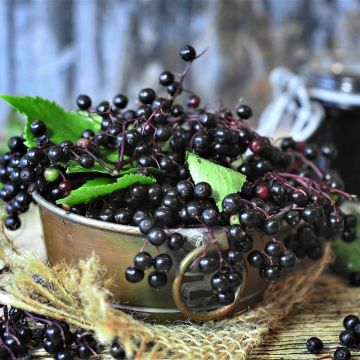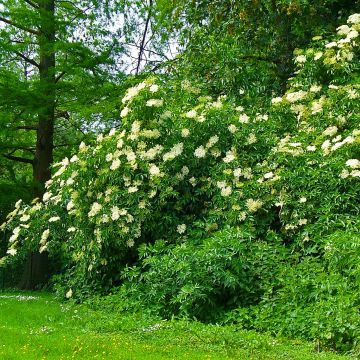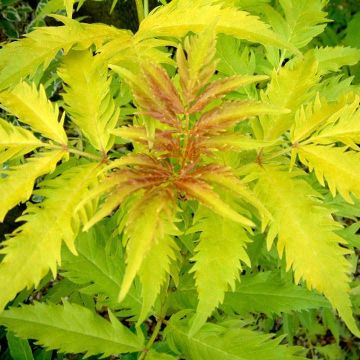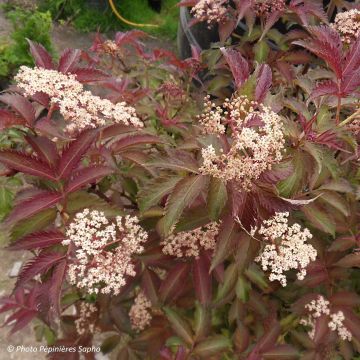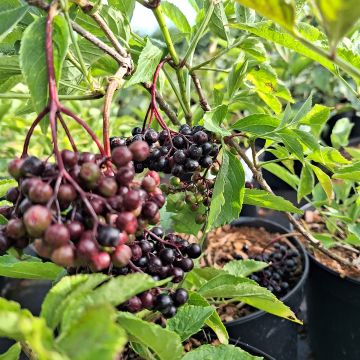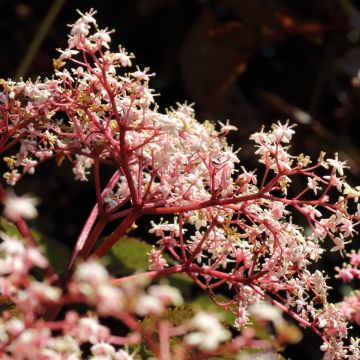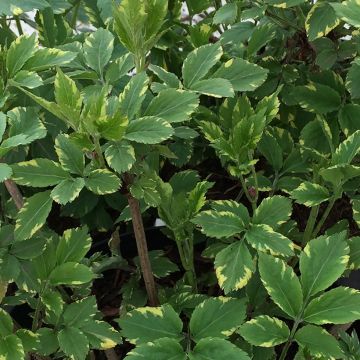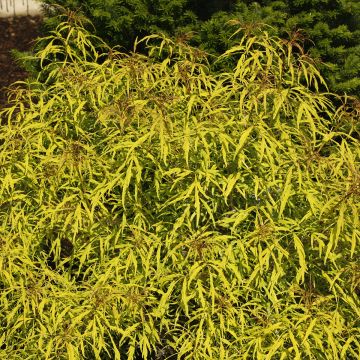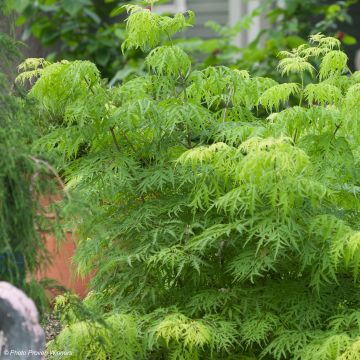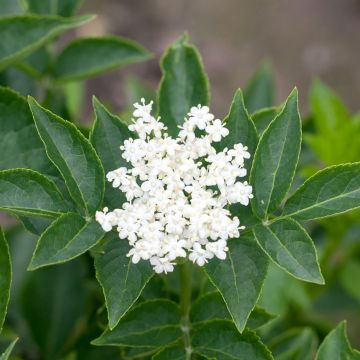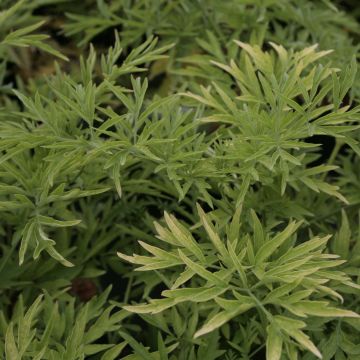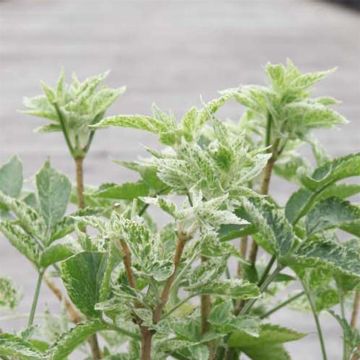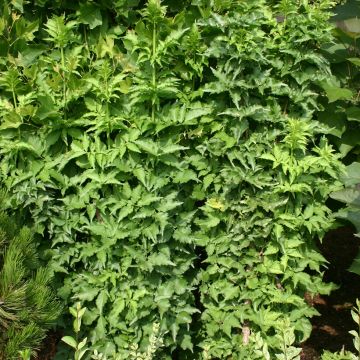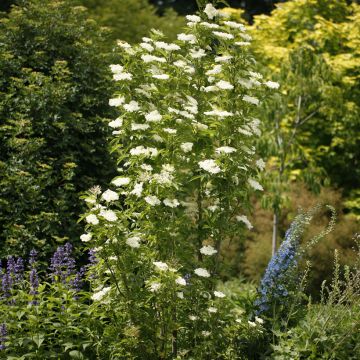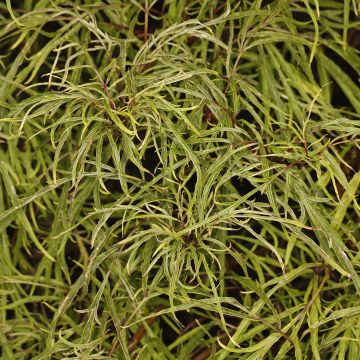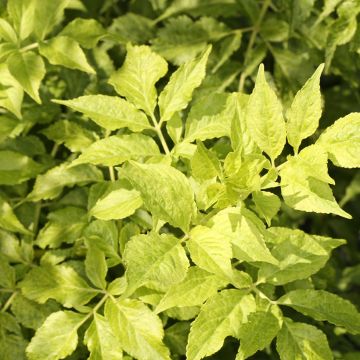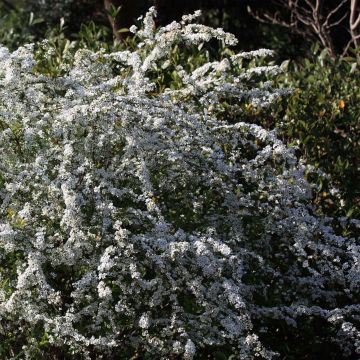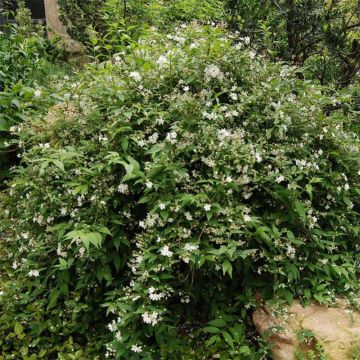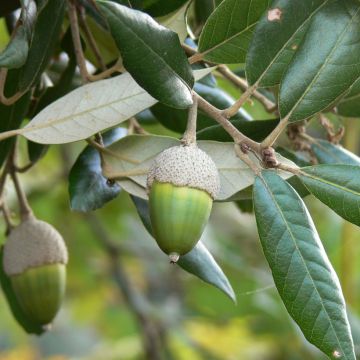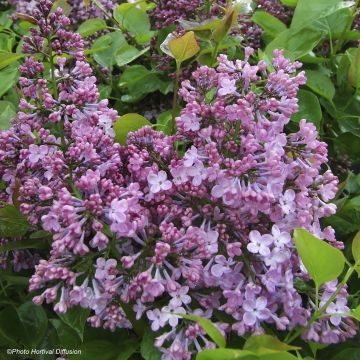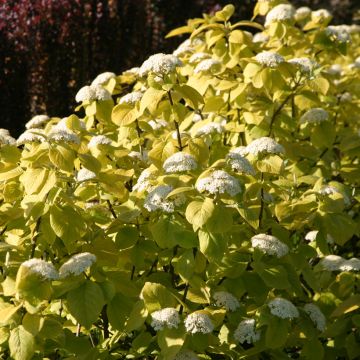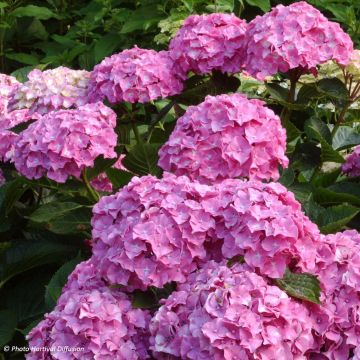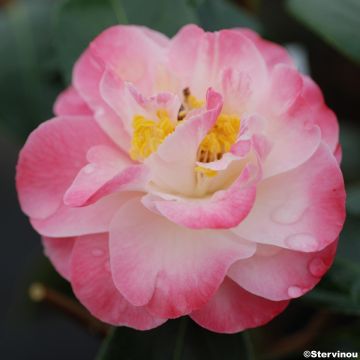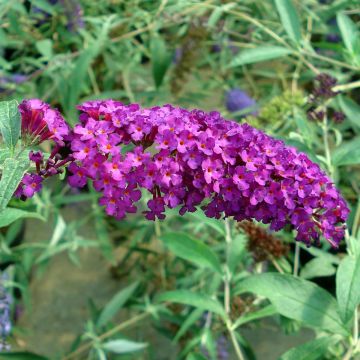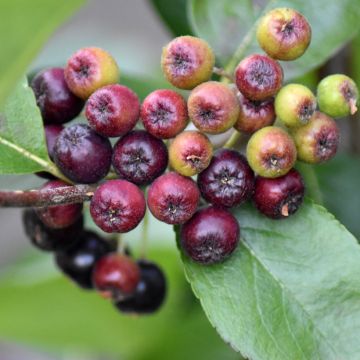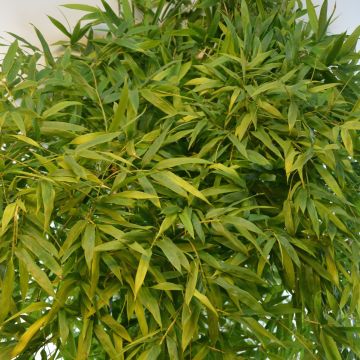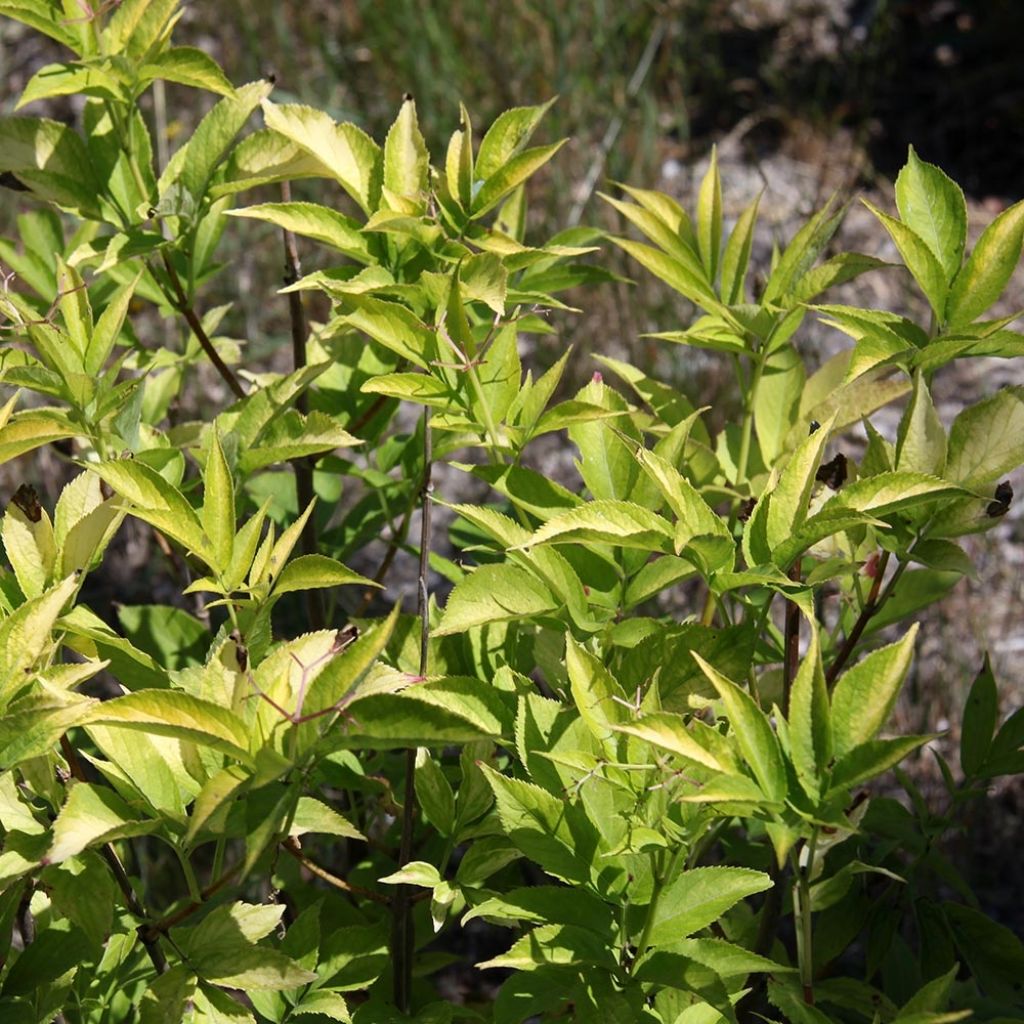

Sambucus nigra Aurea - Black Elder
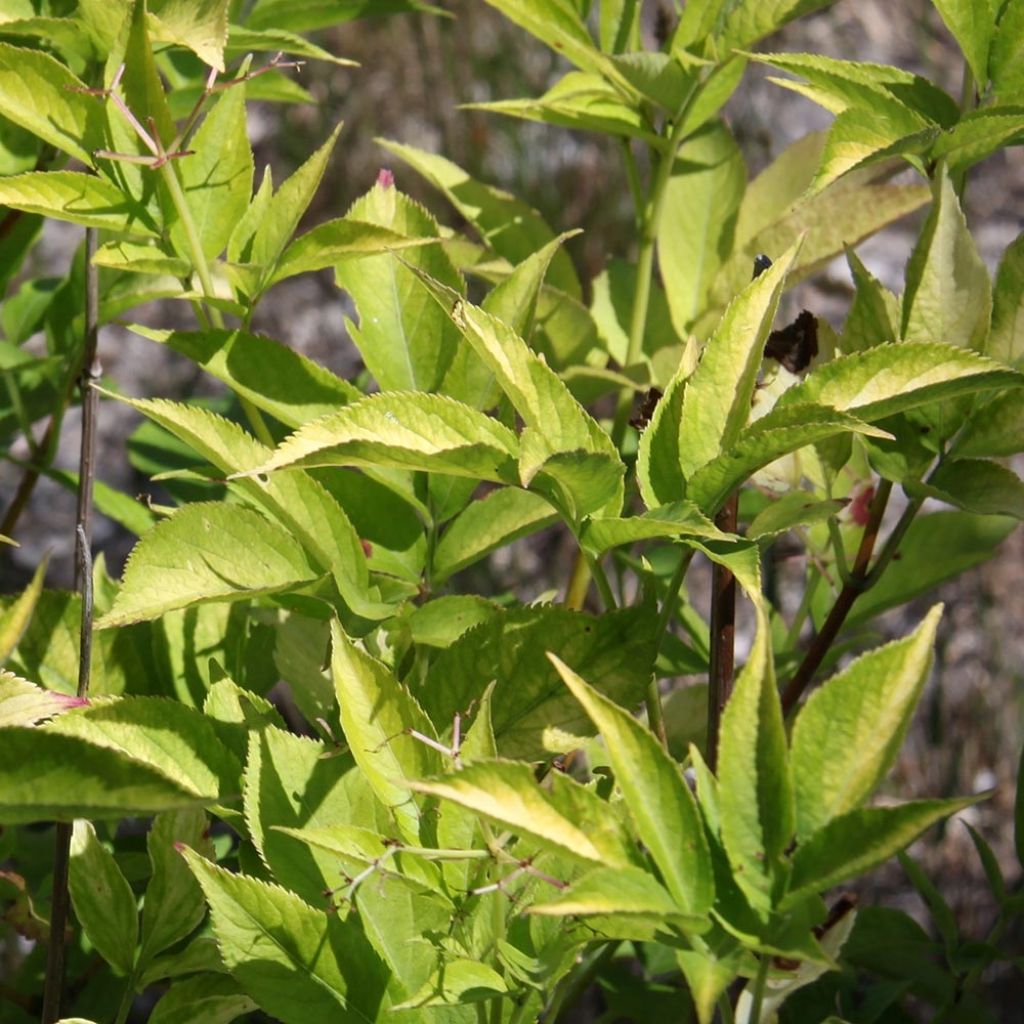

Sambucus nigra Aurea - Black Elder
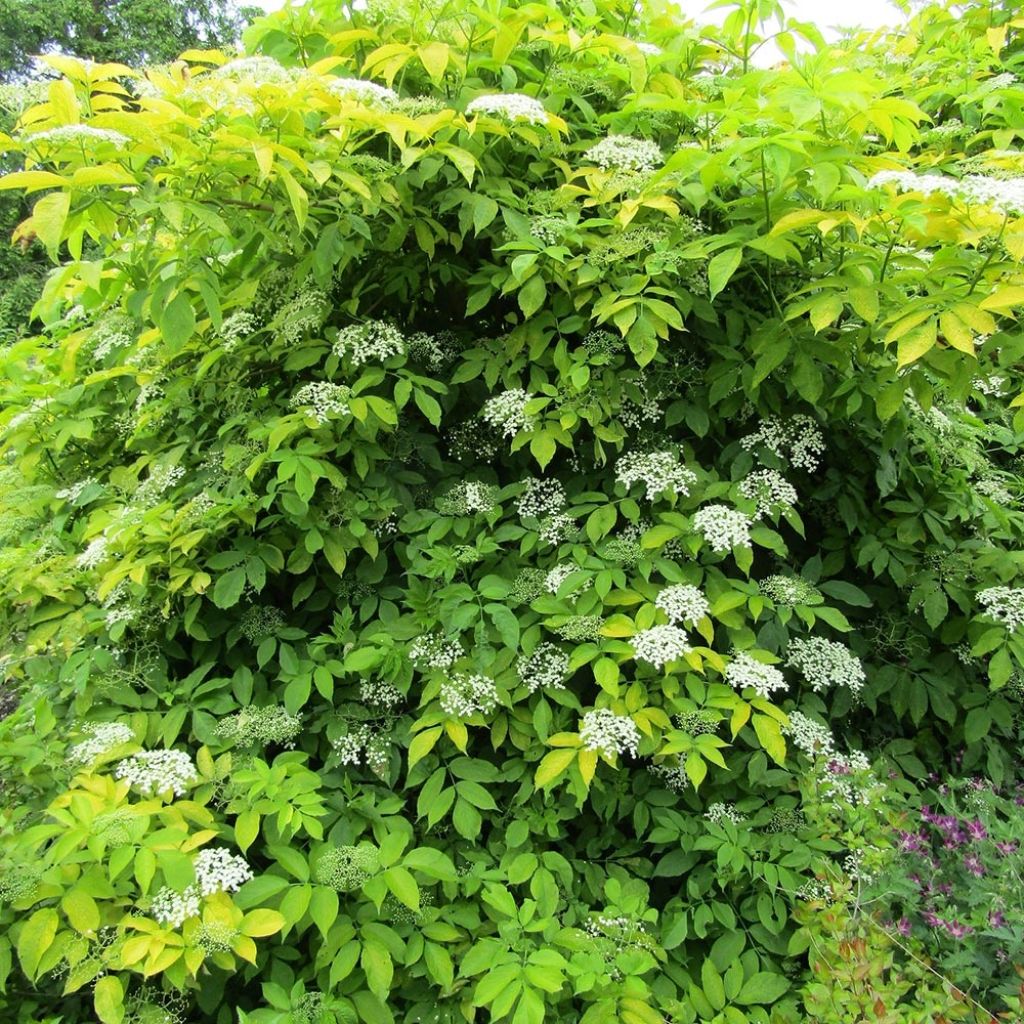

Sambucus nigra Aurea - Black Elder
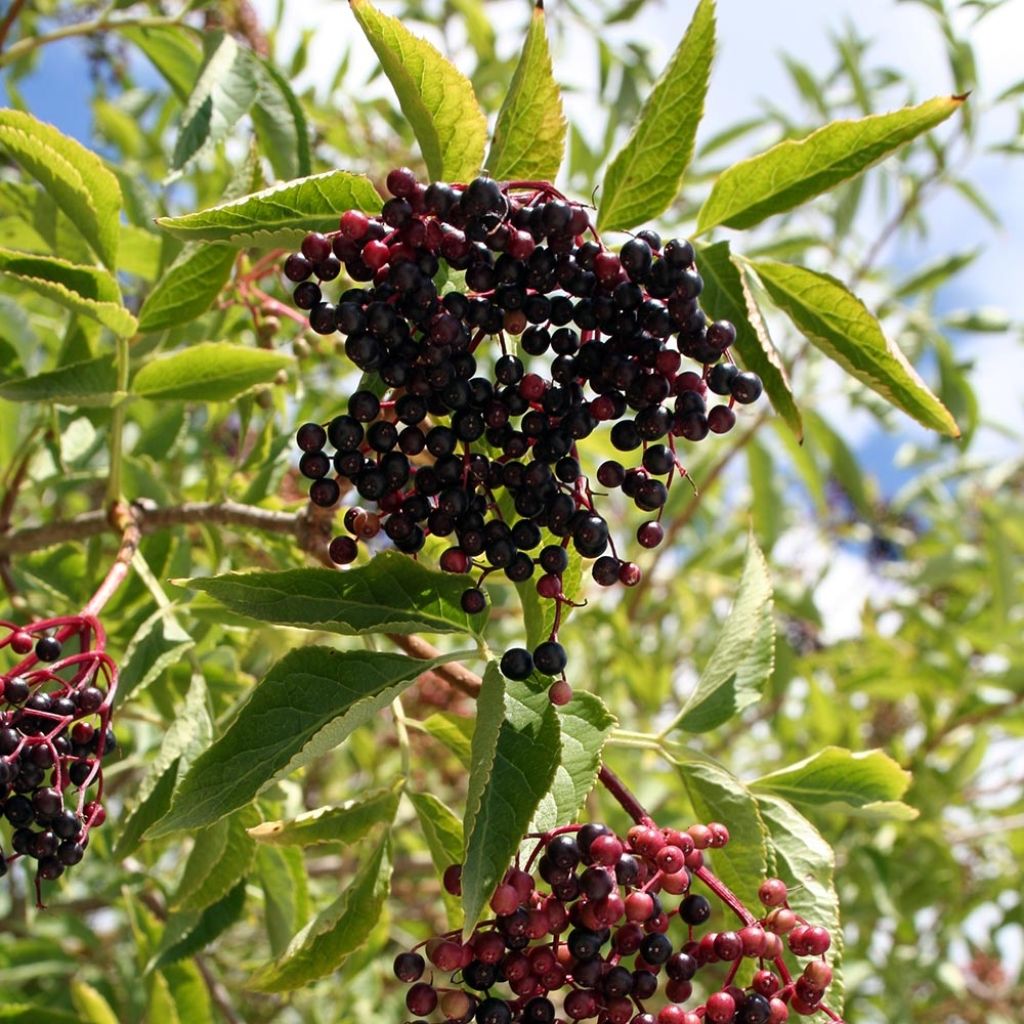

Sambucus nigra Aurea - Black Elder
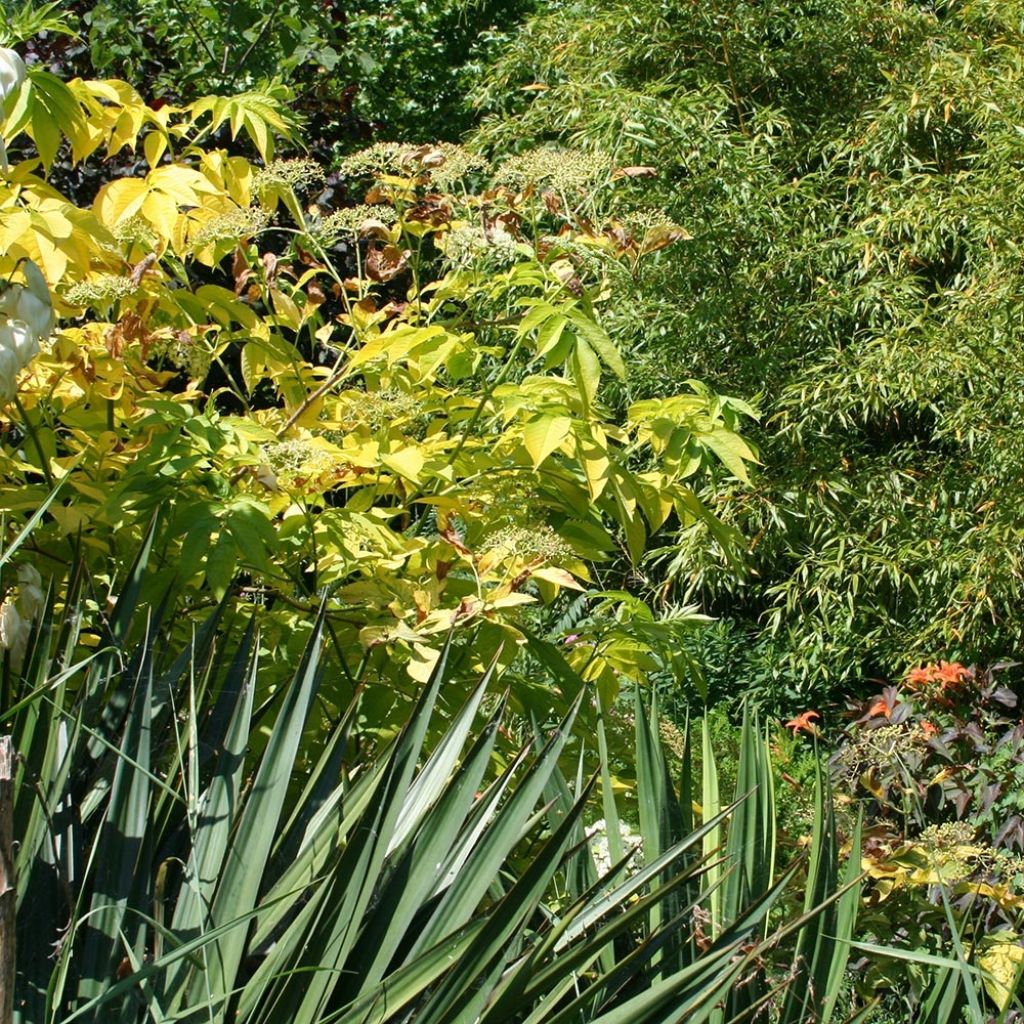

Sambucus nigra Aurea - Black Elder
Sambucus nigra Aurea - Black Elder
Sambucus nigra Aurea
European Elder, Black Elder, Elder, Elderberry, European Elderberry, European black Elderberry
Why not try an alternative variety in stock?
View all →This plant carries a 24 months recovery warranty
More information
We guarantee the quality of our plants for a full growing cycle, and will replace at our expense any plant that fails to recover under normal climatic and planting conditions.
From €5.90 for pickup delivery and €6.90 for home delivery
Express home delivery from €8.90.
Delivery to Corse prohibited: UE law prohibits the import of this plant from mainland France to Corse as part of the fight against Xylella fastidiosa. Please accept our sincere apologies.
More information

Does this plant fit my garden?
Set up your Plantfit profile →
Description
Sambucus nigra 'Aurea' is an ornamental variety of black elderberry valued for its golden foliage, which is very bright. It is a deciduous bush species of reasonable dimensions that bears flat and wide corymbs of small, cream-white, nectar-rich, honey-scented flowers in late spring. These are followed by black berries, greatly appreciated by birds and edible once cooked in the form of wines, syrups, jams, etc. Use it to bring light to the darker corners of the garden or to create contrast with darker foliage in an informal hedge or shrub border. The black elderberry is perfectly hardy and adapts to all soils, even lime-bearing, in full sun or partial shade.
Sambucus nigra belongs to the Caprifoliaceae family. It is a wild species widespread in Europe, North Africa, and as far as Asia Minor. The black elderberry is an opportunistic and highly adaptable species, found in open woods, hedges, fallow land, coastal dunes, and even close to human settlements with which it has coexisted for millennia. It is therefore an undemanding bush and very easy to cultivate anywhere. As a nitrophilous species, it indicates a high presence of nitrogen in the soil. Its young branches, filled with tender pith, were hollowed out in ancient times to make flutes. It is an indispensable species for creating beautiful natural hedges and providing shelter and food for many species that are important for the ecological balance of the garden. It is also a medicinal plant, its flowers used in infusions to fight urinary and respiratory infections.
The 'Aurea' variety forms a more compact bush, not exceeding 4m (13ft) in all directions. Its leaves, initially of a chartreuse, golden yellow, are large, about 30 cm (12in) long, and consist of 5 to 7 leaflets, ovate, pointed, and dentate, measuring 12 to 15 cm (5 to 6in). The flowers, in large corymbs measuring 10 to 24 cm (4 to 9in), have 5 stamens and 5 cream-white petals and appear from May to June. The fruits are presented in clusters of berries measuring 6 to 8 mm (1in), first red and then dark purple, and are carried by bright red pedicels. The bark is light green, then gray, cracked, fissured, lenticellate, and becomes spongy with age.
Easy to cultivate, black elderberry can be planted in spring or autumn in any ordinary soil, not too poor, deep enough, and not too dry, although it tolerates periods of temporary drought in deep soil once well established. It requires little maintenance. Plant in a sunny site for better flowering and fruiting, but it also tolerates partial shade. It is not demanding in terms of soil, accepting of clay, limestone, sand, and even degraded soils. The ideal planting mix is half compost/half garden soil. It is very hardy. To encourage flowering, prune the old branches back hard and cut back the young branches by a third in late winter. You can also choose to grow it as a tree by regularly pruning off shoots and suckers at its base and along the trunk.
Black elderberry is an excellent choice for an informal hedge or easy to integrate into a border of shrubs with spring or summer flowering. Combine it with other wild species such as hornbeams, beeches, dogwoods, and hazelnut trees. In a shrub border, it will create beautiful contrasts with the red and purple foliage of certain barberries, weigelas, smoke bushes, and ornamental hazelnut trees.
Report an error about the product description
Sambucus nigra Aurea - Black Elder in pictures
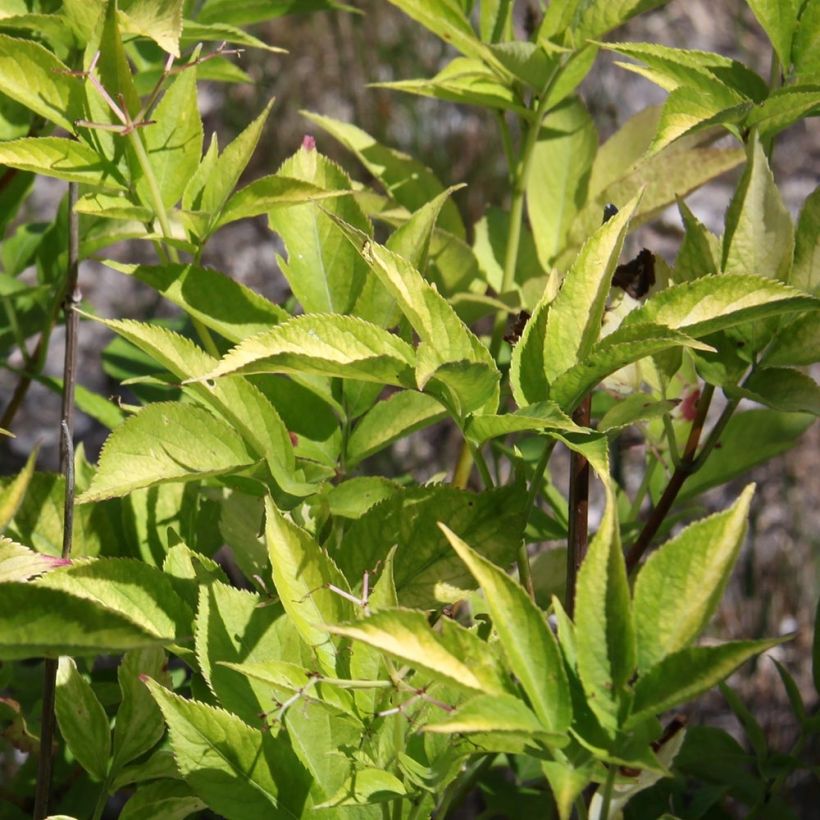

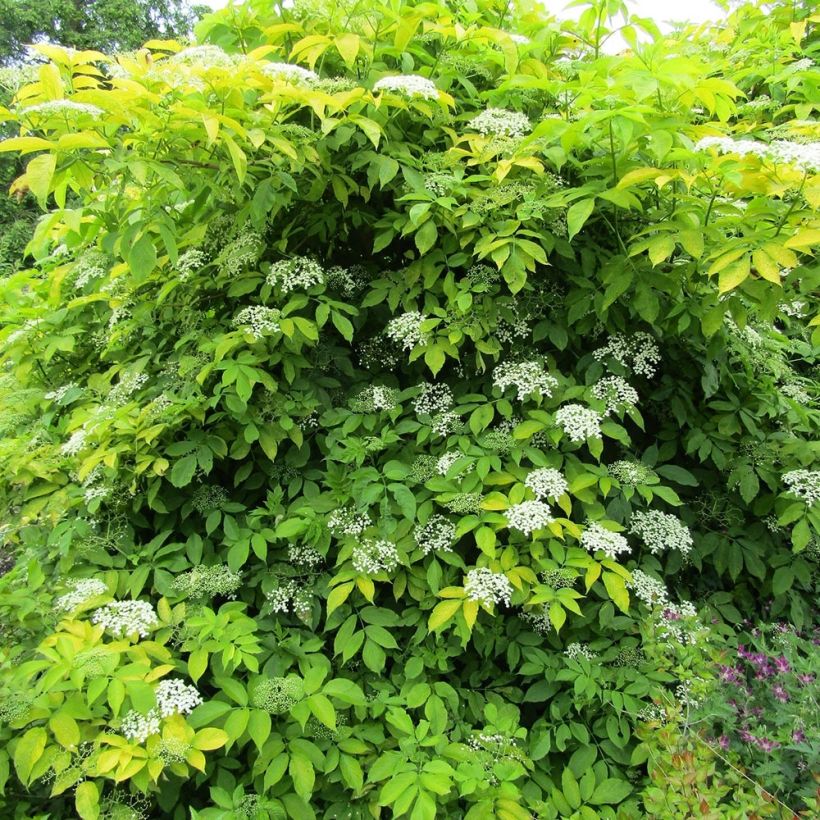

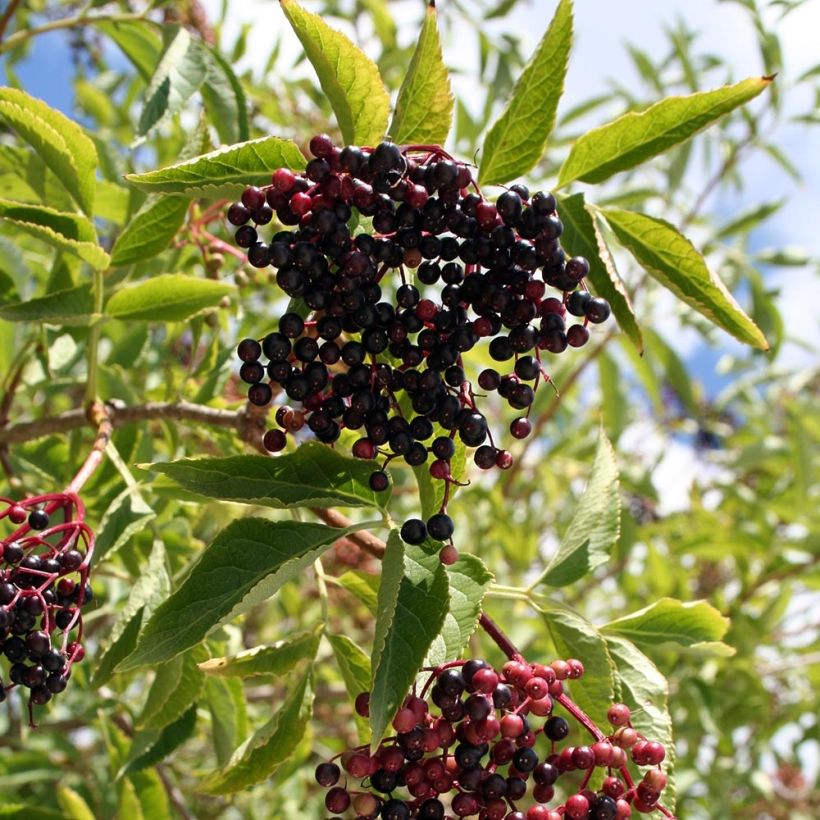

Plant habit
Flowering
Foliage
Botanical data
Sambucus
nigra
Aurea
Caprifoliaceae
European Elder, Black Elder, Elder, Elderberry, European Elderberry, European black Elderberry
Cultivar or hybrid
Other Sambucus - Elder tree
Planting and care
Easy to cultivate, black elderberry can be planted in spring or autumn in any ordinary, not too poor soil, deep enough and not too dry (although it tolerates periods of temporary drought in deep soil once well established). It requires little maintenance. Plant it in full sun to enjoy abundant fruiting, otherwise in partial shade. It is undemanding in terms of soil type, accepting clay, limestone, sand, and even degraded soils. The ideal planting mix is half compost/half garden soil. It is very hardy. To promote flowering, prune the old branches back hard to rejuvenate them and cut back the young branches by one third in late winter.
Planting period
Intended location
Care
-
, onOrder confirmed
Reply from on Promesse de fleurs
Hedge shrubs
Haven't found what you were looking for?
Hardiness is the lowest winter temperature a plant can endure without suffering serious damage or even dying. However, hardiness is affected by location (a sheltered area, such as a patio), protection (winter cover) and soil type (hardiness is improved by well-drained soil).

Photo Sharing Terms & Conditions
In order to encourage gardeners to interact and share their experiences, Promesse de fleurs offers various media enabling content to be uploaded onto its Site - in particular via the ‘Photo sharing’ module.
The User agrees to refrain from:
- Posting any content that is illegal, prejudicial, insulting, racist, inciteful to hatred, revisionist, contrary to public decency, that infringes on privacy or on the privacy rights of third parties, in particular the publicity rights of persons and goods, intellectual property rights, or the right to privacy.
- Submitting content on behalf of a third party;
- Impersonate the identity of a third party and/or publish any personal information about a third party;
In general, the User undertakes to refrain from any unethical behaviour.
All Content (in particular text, comments, files, images, photos, videos, creative works, etc.), which may be subject to property or intellectual property rights, image or other private rights, shall remain the property of the User, subject to the limited rights granted by the terms of the licence granted by Promesse de fleurs as stated below. Users are at liberty to publish or not to publish such Content on the Site, notably via the ‘Photo Sharing’ facility, and accept that this Content shall be made public and freely accessible, notably on the Internet.
Users further acknowledge, undertake to have ,and guarantee that they hold all necessary rights and permissions to publish such material on the Site, in particular with regard to the legislation in force pertaining to any privacy, property, intellectual property, image, or contractual rights, or rights of any other nature. By publishing such Content on the Site, Users acknowledge accepting full liability as publishers of the Content within the meaning of the law, and grant Promesse de fleurs, free of charge, an inclusive, worldwide licence for the said Content for the entire duration of its publication, including all reproduction, representation, up/downloading, displaying, performing, transmission, and storage rights.
Users also grant permission for their name to be linked to the Content and accept that this link may not always be made available.
By engaging in posting material, Users consent to their Content becoming automatically accessible on the Internet, in particular on other sites and/or blogs and/or web pages of the Promesse de fleurs site, including in particular social pages and the Promesse de fleurs catalogue.
Users may secure the removal of entrusted content free of charge by issuing a simple request via our contact form.
The flowering period indicated on our website applies to countries and regions located in USDA zone 8 (France, the United Kingdom, Ireland, the Netherlands, etc.)
It will vary according to where you live:
- In zones 9 to 10 (Italy, Spain, Greece, etc.), flowering will occur about 2 to 4 weeks earlier.
- In zones 6 to 7 (Germany, Poland, Slovenia, and lower mountainous regions), flowering will be delayed by 2 to 3 weeks.
- In zone 5 (Central Europe, Scandinavia), blooming will be delayed by 3 to 5 weeks.
In temperate climates, pruning of spring-flowering shrubs (forsythia, spireas, etc.) should be done just after flowering.
Pruning of summer-flowering shrubs (Indian Lilac, Perovskia, etc.) can be done in winter or spring.
In cold regions as well as with frost-sensitive plants, avoid pruning too early when severe frosts may still occur.
The planting period indicated on our website applies to countries and regions located in USDA zone 8 (France, United Kingdom, Ireland, Netherlands).
It will vary according to where you live:
- In Mediterranean zones (Marseille, Madrid, Milan, etc.), autumn and winter are the best planting periods.
- In continental zones (Strasbourg, Munich, Vienna, etc.), delay planting by 2 to 3 weeks in spring and bring it forward by 2 to 4 weeks in autumn.
- In mountainous regions (the Alps, Pyrenees, Carpathians, etc.), it is best to plant in late spring (May-June) or late summer (August-September).
The harvesting period indicated on our website applies to countries and regions in USDA zone 8 (France, England, Ireland, the Netherlands).
In colder areas (Scandinavia, Poland, Austria...) fruit and vegetable harvests are likely to be delayed by 3-4 weeks.
In warmer areas (Italy, Spain, Greece, etc.), harvesting will probably take place earlier, depending on weather conditions.
The sowing periods indicated on our website apply to countries and regions within USDA Zone 8 (France, UK, Ireland, Netherlands).
In colder areas (Scandinavia, Poland, Austria...), delay any outdoor sowing by 3-4 weeks, or sow under glass.
In warmer climes (Italy, Spain, Greece, etc.), bring outdoor sowing forward by a few weeks.

































